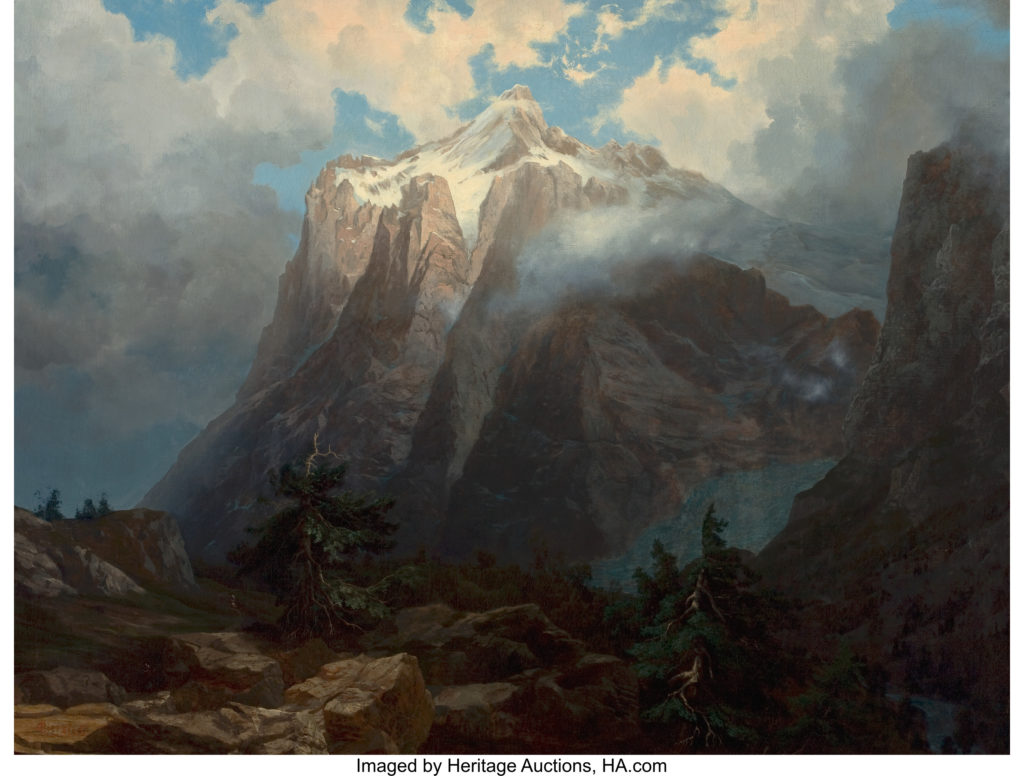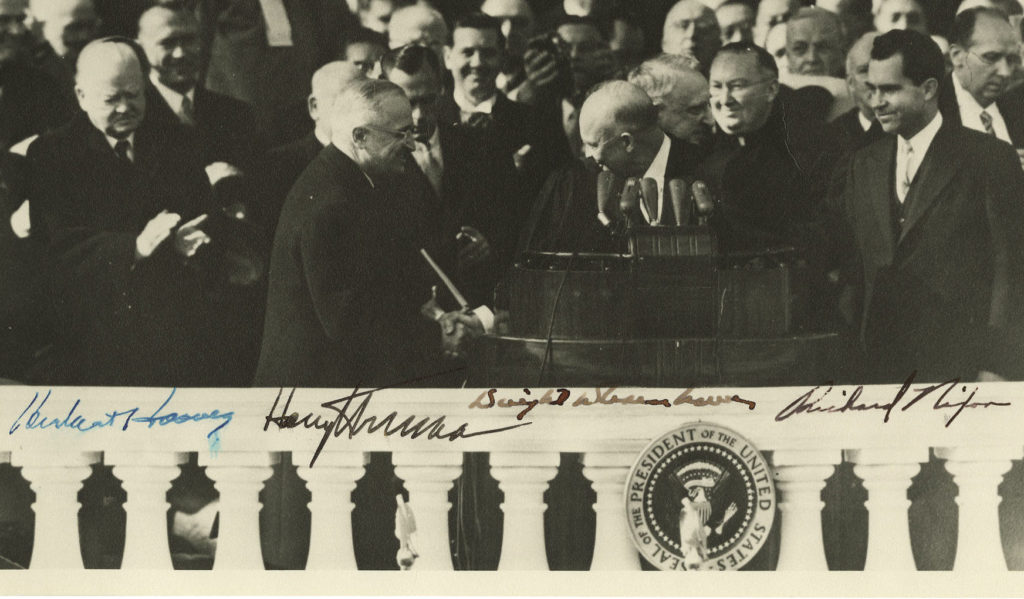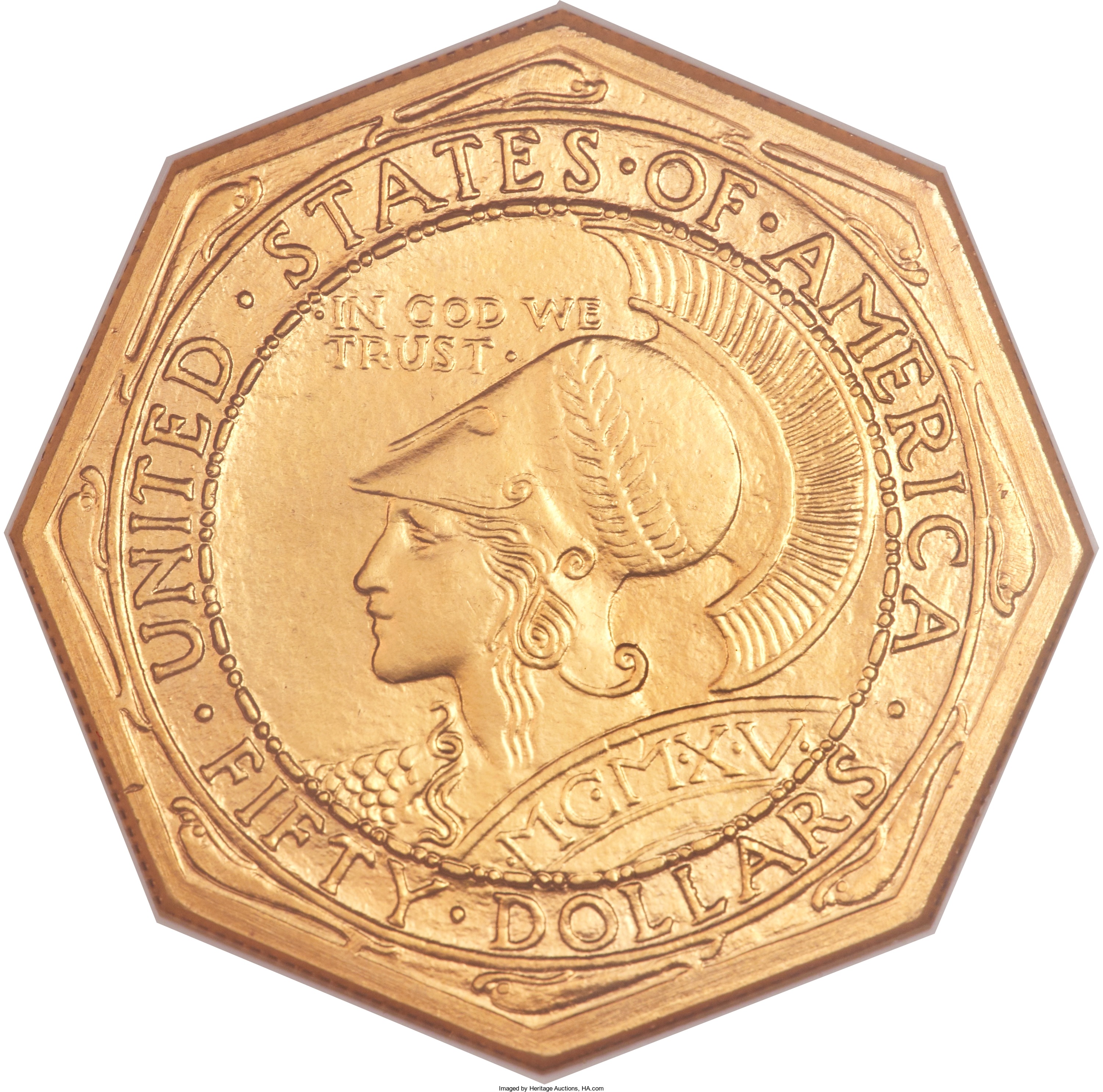
By Jim O’Neal
On June 4, 1965, the California State Senate voted 27-12 to divide California into two separate states. To make the proposal effective, it required approval by the State Assembly, followed by both California voters and the U.S. Congress. The plan failed to generate enough support in the State Assembly and did not proceed. In 1992, the State Assembly passed a proposal to allow a referendum vote in each county to partition California into three states: North, South and Central California. In a twist, this time the proposal died in the Senate.
These were not new or even unique legislative actions. Since California became the 31st state to join the United States in 1850, there have been more than 220 similar attempts, obviously none successful. Even while California was under Spanish rule, the province was divided into Alta California (upper) and Baja California (lower). Alta California was the portion that entered the Union, while Baja remained a territory under Mexico rule. It is now one of Mexico’s 31 states … an extremely nice place for turistas to enjoy the sun, sand, fishing and golf.
After Lewis and Clark finished their historic expedition to map out exactly what we actually acquired from France via the Louisiana Purchase, President Jefferson envisioned the Northwest area eventually becoming an independent country … the “Pacific Empire.” He thought it might include a good chunk of Canada, along with what is now Washington, Oregon and Idaho. The war with Mexico trumped that idea when we ended up with the United States expanding into the western Pacific area from San Diego to the Canadian border, followed by the discovery of gold, which ensured dramatic migration from east to west.
One of the more interesting episodes in carving up California in the 20th century is worth re-telling. In October 1941, the mayor of a small town in Oregon announced that four counties in Oregon planned to unite with three counties in Northern California to form the new state of Jefferson, in honor of the late president. On Nov. 27, 1941, a group of armed men stopped all traffic on U.S. Route 99 and handed out copies of their Proclamation of Independence for the State of Jefferson, along with their intent to secede from the Union. On Dec. 4, 1941, they selected local district attorney John Childs to be the governor of Jefferson. Alas, their efforts were foiled by Japanese bombers at Pearl Harbor three days later.
My friend Stan Delaplane won the 1942 Pulitzer Prize for a series of articles on the State of Jefferson that appeared in the San Francisco Chronicle. However, Stan’s bigger claim to fame was convincing the owner of the Buena Vista Café in San Francisco to introduce Irish coffee (after he had it at an airport in Ireland). The café is now one of the “must do” destinations in San Francisco, near the wharf area where the cable cars turn around. The BV claims they sell more Irish whiskey than anywhere in the world: 100 bottles a day, equal to 2,000 special recipes of Irish coffee. It is also a great people-watching place. Everyone you know will end up in the BV (if you are patient).
Stan worked for the Chronicle for 53 years and one of his favorite lines was, “Years ago, someone tilted the United States and all the loose nuts and bolts rolled to California.” What a terrific place for a writer, with new stuff happening every day!
Currently, there is another effort to create a New California as authorized and certified in Article 4, Section 3 of the U.S. Constitution. (The last time it was invoked was on June 20, 1863, when West Virginia detached from Virginia). The current proposal envisions New California (population 15 million) and California (population 25 million), and on Jan. 15, 2018, issued a Declaration of Independence with the intent to form a 51st state. These plans have been revamped to include an “autonomous Native American Nation.” The Calexit proposal (modeled after Brexit) establishes a non-reservation nation for American Indians through retrocession, primarily using federal land.
This form of reparation will see the state sliced down the middle, from Oregon to Mexico, with the coastal half remaining the home for two-thirds of the existing population. All that’s left to get the proposal on the 2021 ballot is 365,000+ signatories.
Let’s hope that what happens in California stays in California!
 JIM O’NEAL is an avid collector and history buff. He is president and CEO of Frito-Lay International [retired] and earlier served as chair and CEO of PepsiCo Restaurants International [KFC Pizza Hut and Taco Bell].
JIM O’NEAL is an avid collector and history buff. He is president and CEO of Frito-Lay International [retired] and earlier served as chair and CEO of PepsiCo Restaurants International [KFC Pizza Hut and Taco Bell].


